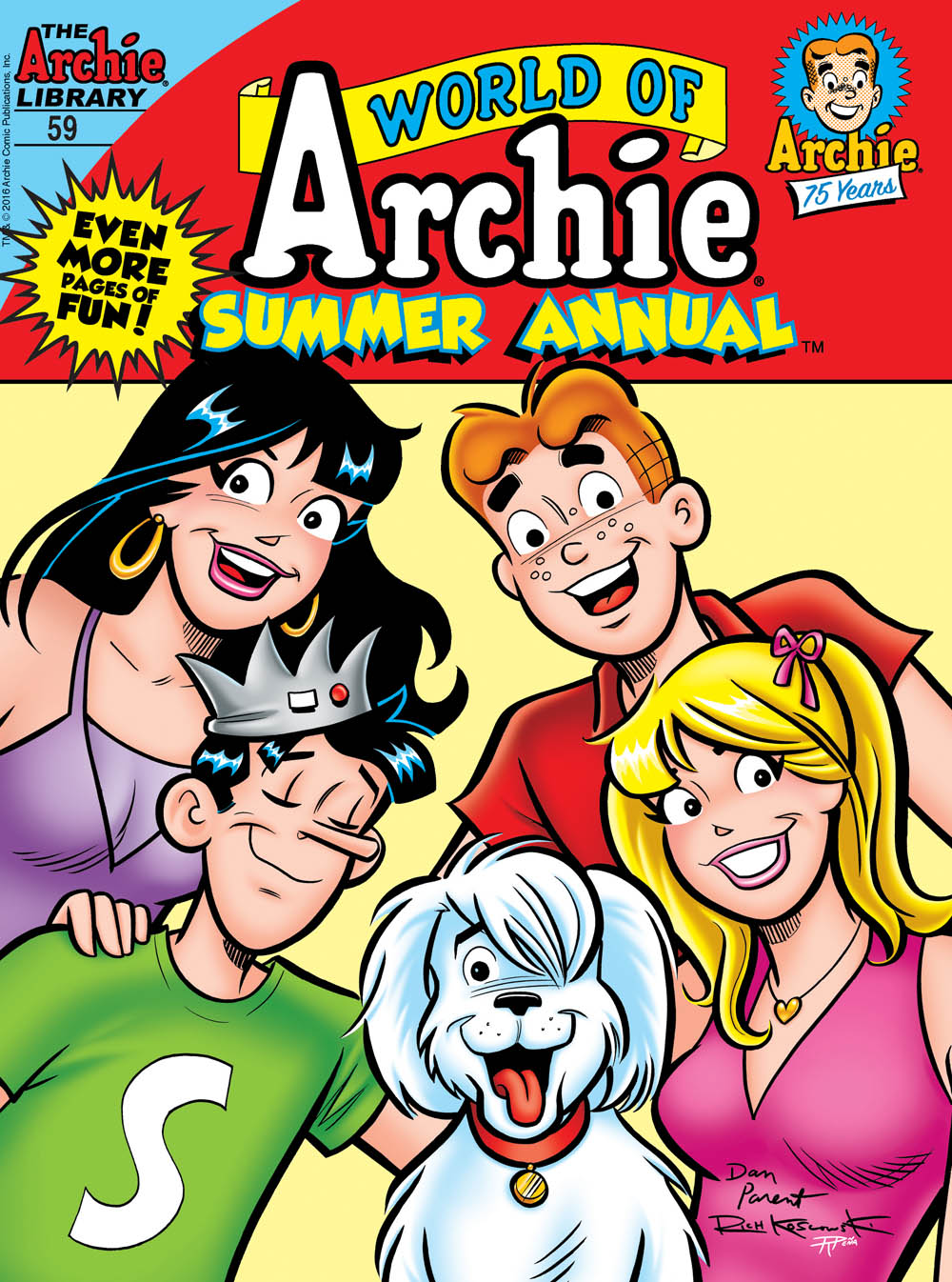

Played by a young Mickey Rooney, the character starred in a series of popular comedy films. Possessing the defined cheekbones, wavy asymmetric haircut and red hair, Archie is clearly modelled on Andy Hardy. The artist would continue to evolve the look and feel over the coming years into something more recognisable, with Dan DeCarlo coming in the 50s to solidify what we know today. Montana’s early style was informed more by realism, but possessing some more animated qualities to accommodate the humour. This slapstick humour is the driving force for the comedy in this issue, with Archie finding new ways to get himself embarrassing situations, whether it be ripping his pants or being pulled into being a tight rope walker.įrom a visual standpoint, this first appearance doesn’t look like anything modern readers would associate with Archie Comics. Each further attempt to impress results in him making a nuisance of himself or putting him in sticky situations. Unfortunately, he won’t be able to be as successful as he was with the bicycle stunt. Over the 6 pages, writer Vic Bloom and artist Bob Montana will show the lengths Archie will go to impress Betty. (It’s worth noting that the name would be recycled when they introduced Betty’s older brother, Chic, later down the line.)

Let’s call it an odd character quirk that didn’t stand the test of time. As to why Archie, which is already short for Archibald, wants to be called that, it seems to be a mystery to me. Looking into the name, it appears to be a popular nickname for those named Charles back in the day. This is followed by preference to being called “Chick”. It sounds less romantic and more like the comic introducing the readers to a new friend. It’s an odd phrase to say today, but I can only assume in the 1940s it was used in a different context. To begin with, he’s introduced as “America’s newest boy friend”.


The following caption accompanies the impressive stunt to give readers some more background on the title character. Betty is off to the side, looking impressed by the trick. Standing on a moving bicycle, one foot on the seat and the other on the handlebars, he’s making his way down the street at pace. Essentially, as teenage boys are known to do, he’s doing a stupid stunt to impress Betty Cooper. Readers are introduced to Archie straight away, with plenty of intrigue. We’ll dig through the story, taking a look at what the characters were like back then, how they’ve changed since, and how this story inspired future ones. With the Archie turning 80 this year, it’s a great opportunity to look back at the first story. Although, these teens – Archie Andrews, Betty Cooper, and Jughead – would go on to be pivotal characters for Archie Comics for decades to come. Compared to the superheroes, adventurers, and sports stars that graced the anthology, they didn’t seem that remarkable. In the pages of 1941’s Pep Comics #22, readers were introduced to a group of teenagers. Find out more and read other posts in this series.
ARCHY CARTOON HOW TO
This post is part of Forever Young, How to Love Comics’ celebration of Archie’s 80th anniversary.


 0 kommentar(er)
0 kommentar(er)
